Outbound Sales vs. Inbound Marketing Strategy: Which is right for you?
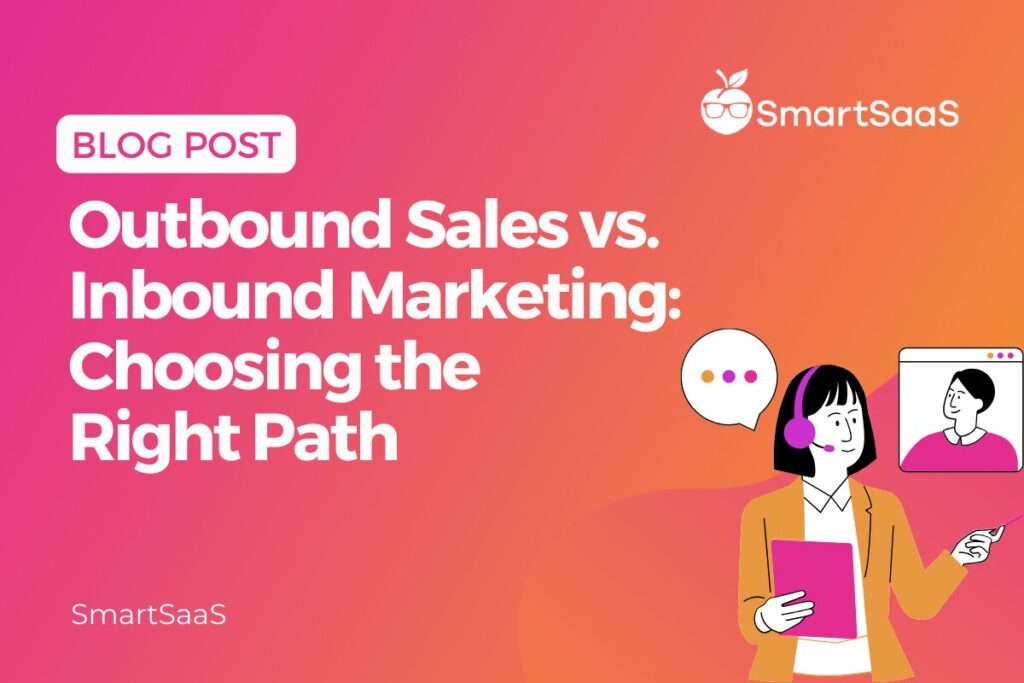
Selecting the right sales approach, in particular relying more on inbound or outbound sales, can be the deciding factor between achieving your objectives and your business not making it. This blog post will review outbound and inbound sales strategies, their respective strengths, and when each should be utilized.
Outbound Sales Strategy
When it comes to outbound sales, you’re learning what many call “traditional sales.” It’s a strategy characterized by intentional outreach to potential customers. Rather than relying on customers coming to you, outbound sales means actively hunting for prospective clients.
Types of Outbound Strategies
Colding Calling
Cold calling is reaching out to prospects through phone calls without any prior interaction or established relationship. It is a proactive and direct method that requires a skilled salesperson to engage effectively with potential clients over the phone.
When engaging in cold calling, a sales representative must navigate the challenge of initiating a meaningful conversation with someone who may be entirely unfamiliar with the company or its offerings.
The process begins a curated lists of potential leads, often generated through market research and segmentation. These lists are invaluable in targeting specific demographics or industries that align with the company’s ideal customer profile. During the call, the salesperson must quickly establish rapport, communicate the value proposition, and address any objections or concerns raised by the prospect.
Cold calling can open doors to new opportunities and build relationships that may eventually lead to conversions. However, it also demands resilience, patience, and adaptability to handle rejection and pivot the conversation towards a positive outcome.
Cold Emailing
Cold email campaigns involve writing and sending email messages to potential clients, intending to spark interest, providing valuable information, and ultimately guiding recipients towards desired actions.
The success of an email campaign relies heavily on the quality of the email list, the content, the precision of targeting, and the art of timing. Each email must be written to resonate with the recipient, addressing their pain points and presenting your product as a compelling solution.
Personalization is a key factor, with marketers often utilizing recipient’s names, industry-specific data, and previous interactions to make the communication more relevant and engaging.
Often, email campaigns employ automation tools and analytics to track open rates, click-through rates, and responses. This data-driven approach allows sales teams to refine their messaging, adjust send times, and segment their audience for more effective follow-up. It also allows for more scale and volume in the outreach process.
Strengths of Outbound Sales
Targeted Approach: Outbound sales allow you to target specific individuals or organizations that fit your ideal customer profile. This targeted approach ensures you’re not wasting time and resources on leads that are unlikely to convert.
Control Over Prospecting: With outbound sales, you have control over the prospecting process. You decide who to reach out to and when. This level of control can be invaluable in customizing your approach to different segments of your target audience.
Rapid Response Time: Outbound sales enable you to reach potential customers quickly. Whether it’s through a phone call or an email, you can initiate contact promptly, addressing their needs and concerns while they are still fresh.
When to Use Outbound Sales
Outbound sales is not a one-size-fits-all solution. Here are some scenarios when outbound sales show its advantage:
Expensive or Complex Products
If your business offers expensive or complex products that require explanation and customization, outbound sales can be highly effective. You can engage with potential clients directly to address their questions and concerns, building trust and confidence.
Generating Leads in a Competitive Market
In fiercely competitive markets where potential customers are bombarded with options, outbound sales can help you stand out. Proactive outreach can grab the attention of prospects and differentiate your offering from the crowd.
Short-Term Revenue Goals
Outbound sales can provide a quick boost when you have short-term revenue goals to meet. You have the power to expedite the sales process and close deals faster, helping you achieve those immediate financial targets.
Inbound Sales Strategy
Inbound sales is all about creating a captivating online presence, engaging content, and an irresistible brand that lures customers in.
An example of this strategy is using content marketing and SEO. Content marketing comprises various mediums, including blog posts, videos, social media engagement, and the nuanced art of Search Engine Optimization (SEO).
Strengths of Inbound Sales
Cost-Effective
With inbound sales, you’re investing in creating valuable content and optimizing it for search engines. Once it’s out there, it keeps working for you 24/7, attracting leads without the need for constant spending.
Builds Brand Authority
Want to be seen as the go-to expert in your industry? With inbound sales content you’re positioning your brand as the trusted authority by consistently producing high-quality content that addresses your audience’s pain points and questions. Customers are more likely to buy from a brand they perceive as knowledgeable and trustworthy.
Higher-Quality Leads
Inbound sales is like a lead filtration system. Because you’re attracting customers who are actively seeking a solution like your product, you’re more likely to deal with high-quality leads. These people are genuinely interested, meaning a higher conversion chance and a better ROI.
When to Use Inbound Sales
Established Brand Presence
Inbound sales strategy thrives when you’ve already laid a solid foundation for your brand. If you’re just starting and nobody knows you exist, you might need a mix of outbound and inbound strategies to kickstart your growth. However, if you’ve already built brand recognition, inbound sales can turbocharge your efforts.
Long-Term Relationship Building
Are you in it for the long haul? An inbound strategy is perfect for businesses looking to nurture long-term customer relationships. It’s not about quick wins but building trust and loyalty over time. In an industry where repeat business and referrals are key, inbound sales should be your go-to strategy.
High Customer Lifetime Value (CLV)
An inbound sales strategy is most effective when you’re dealing with customers whose lifetime value is substantial. Since it focuses on building strong relationships, it’s not the best fit for businesses with low CLV, where quick, one-time transactions are the norm.
Choosing The Right Approach
Assessing Your Business Goals
Short-term vs. Long-term Objectives: Before diving into any sales strategy, it’s imperative to understand your business’s goals. Are you looking for quick wins or long-term sustainability?
If you aim to hit short-term targets, a more aggressive outbound strategy might be suitable. On the other hand, if time is on your side, consider a balanced approach that includes inbound strategies for sustainable growth.
Revenue Targets: Defined revenue targets are the backbone of your sales strategy. Be specific about what you want to achieve and in what timeframe. If your target is substantial, your approach may differ from a business aiming for modest revenue growth.
For instance, if your sales team targets doubling revenue within the next quarter, a more aggressive outbound strategy with immediate results may be necessary.
Budget Considerations: Your budget is pivotal in choosing your sales approach. Outbound strategies often require more financial investment upfront, while inbound strategies are typically more cost-effective in the long run.
Let’s assume you have a limited budget as a small business owner. In this case, you may opt for inbound strategies, such as content marketing and SEO, which require more time and effort but are less financially demanding.
Sales Team Capabilities: The skills and expertise of your sales team are a significant factor in determining your approach. Do you have a seasoned team that excels in relationship-building, or is your team more geared towards utilizing technology and inbound techniques?
If your sales team is well-versed in cold-calling and direct outreach, it might make sense to lean towards an outbound strategy. Conversely, an inbound strategy is more suitable if they are skilled in nurturing leads through content and online engagement.
Balancing Outbound and Inbound Strategies
Combining outbound and inbound strategies allows you to cast a wider net. For instance, you can initiate outbound efforts to target specific high-value clients while nurturing organic leads through inbound methods.
A hybrid approach could involve targeted outbound outreach to larger corporations needing your solution. Simultaneously, you could use inbound strategies, like creating educational content, to attract smaller businesses looking for similar solutions.
Hybrid solutions leverage the strengths of outbound and inbound techniques. This approach involves proactively reaching out to prospects while drawing them in with compelling content and engagement. By employing a mix of strategies such as content marketing, social media, email campaigns, and direct outreach, businesses can maximize their reach and impact.
Creating a successful hybrid strategy requires careful planning and execution. Businesses need to identify their target audience, select the most suitable channels, and develop content that resonates with potential leads. Additionally, automating certain aspects of these strategies can help save time and enhance efficiency.
The effectiveness of any lead generation strategy depends on constant evaluation and adaptation. Companies must track key performance indicators (KPIs) to assess the performance of their hybrid approach. Based on these metrics, they can refine their strategy to improve outcomes continually.
The sales landscape is dynamic, so it’s essential to monitor and adapt your strategies as you go along. Regularly analyze your data to identify what’s working and what’s not, and be ready to pivot when necessary.
To Wrap Up
Both inbound and outbound sales strategies offer unique advantages. Outbound marketing provides immediate and proactive reach to potential customers, while inbound strategies build trust and authority through content and engagement. However, there is no one-size-fits-all solution.
The key to maximizing lead generation results lies in embracing a hybrid approach that combines the best of both worlds.

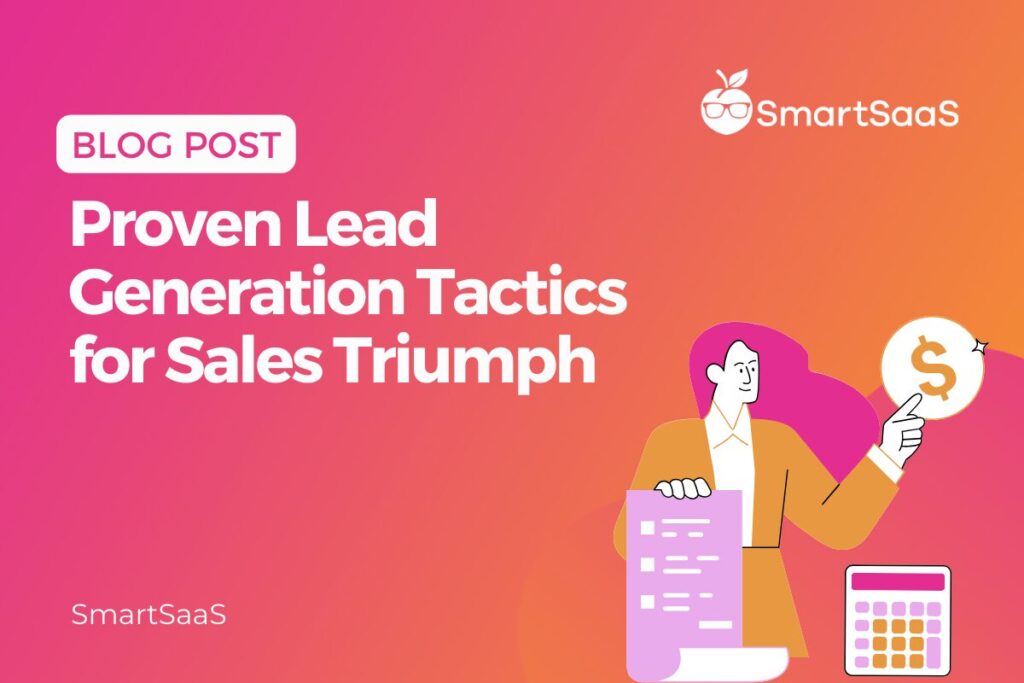
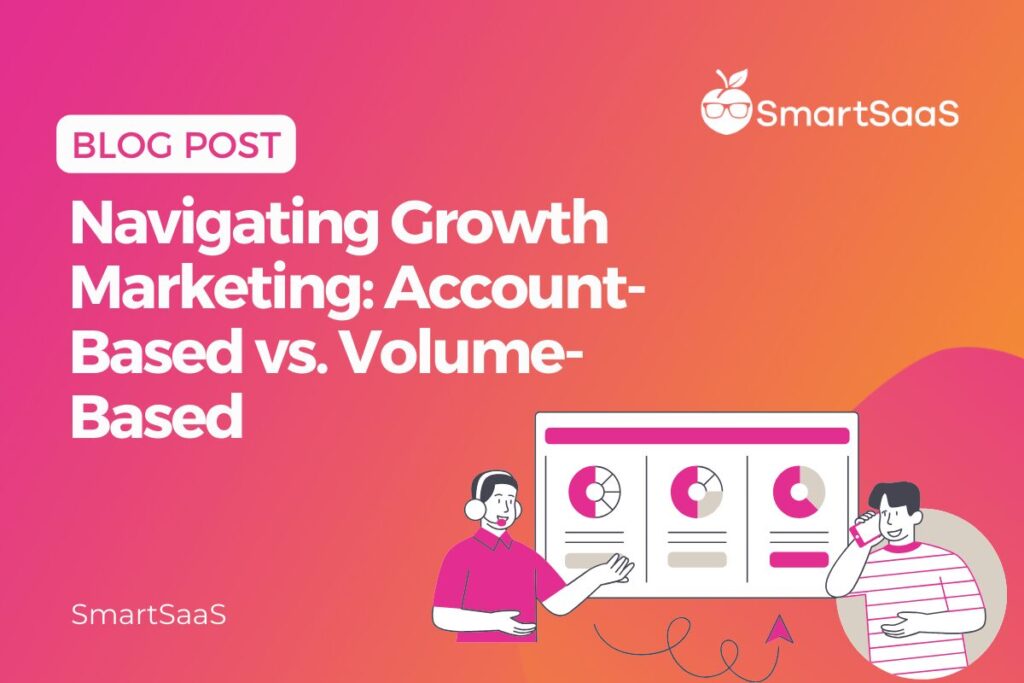
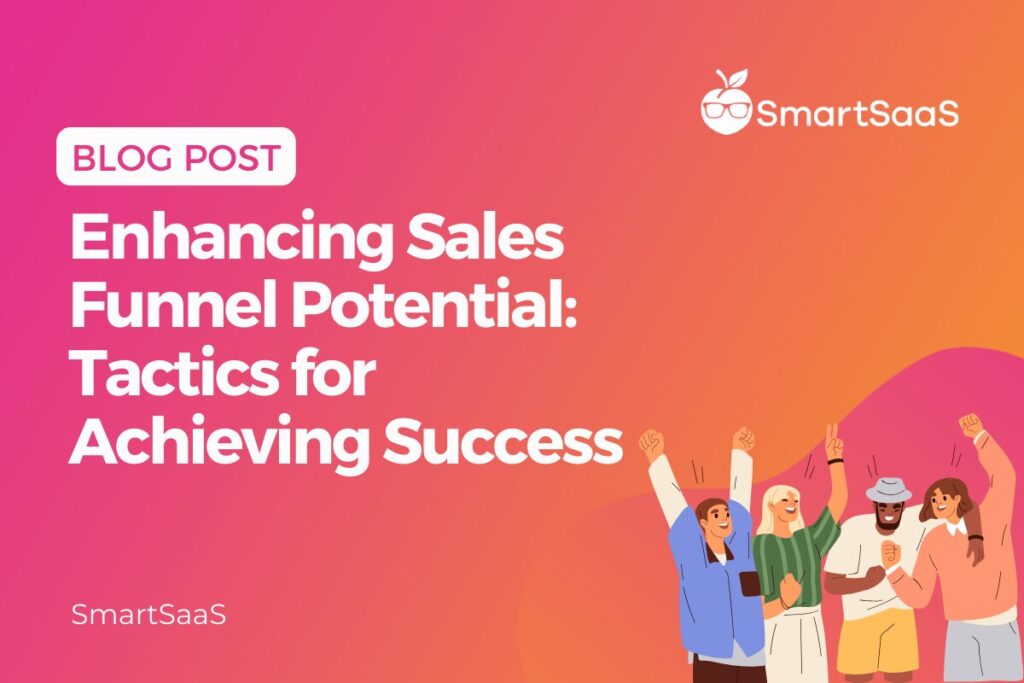
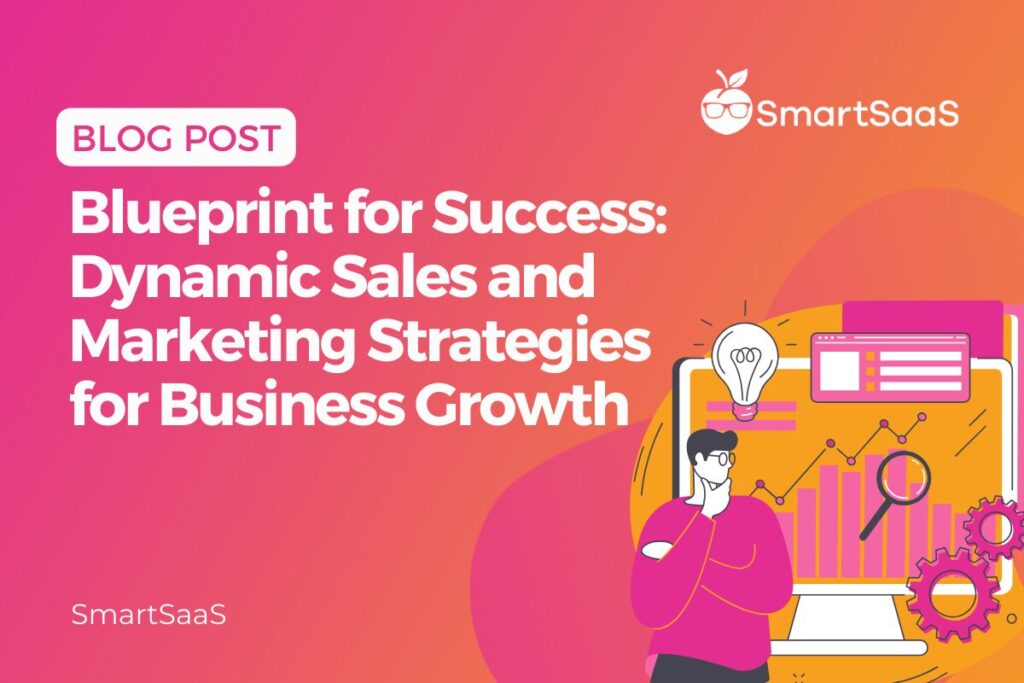
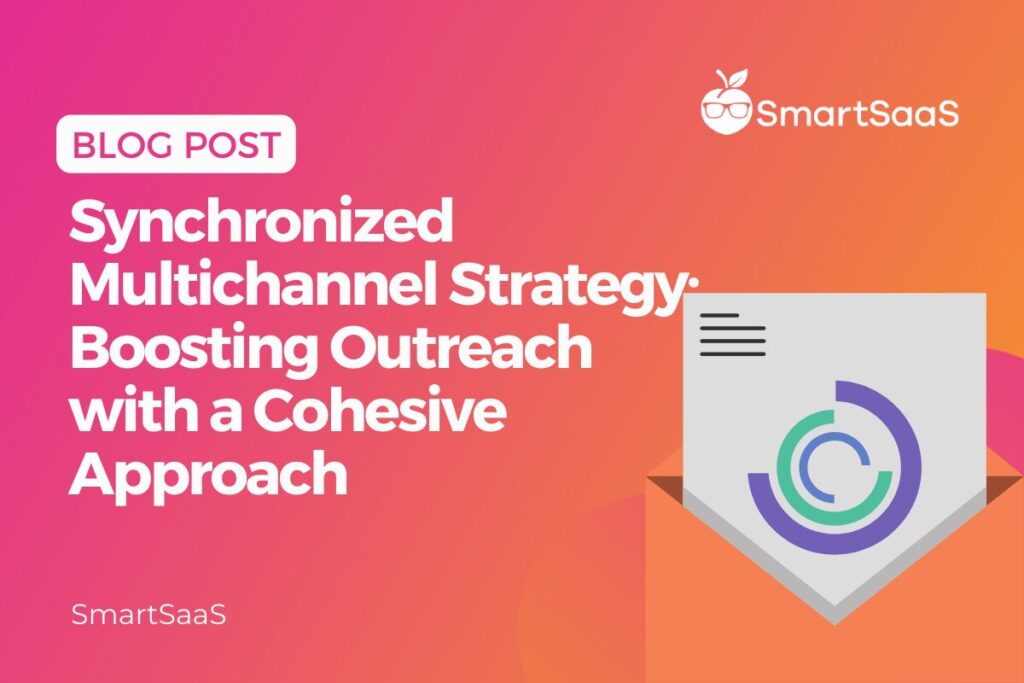
Responses